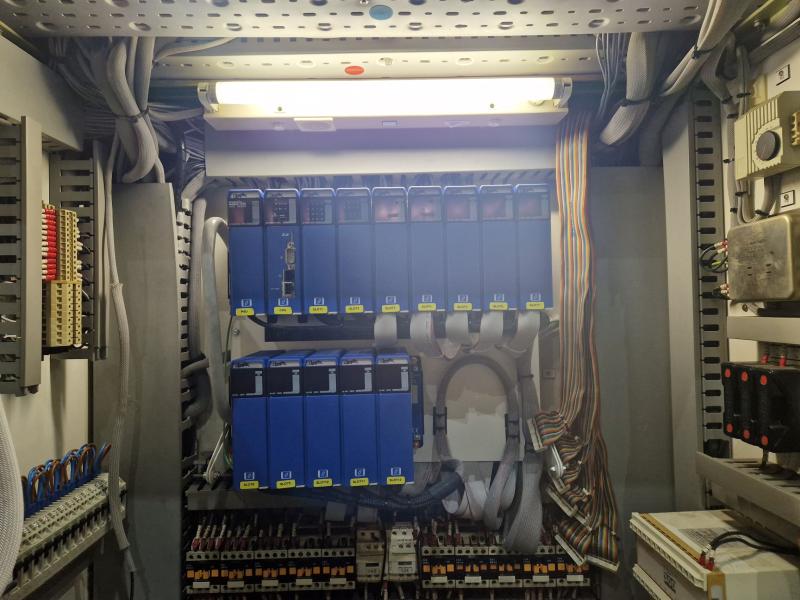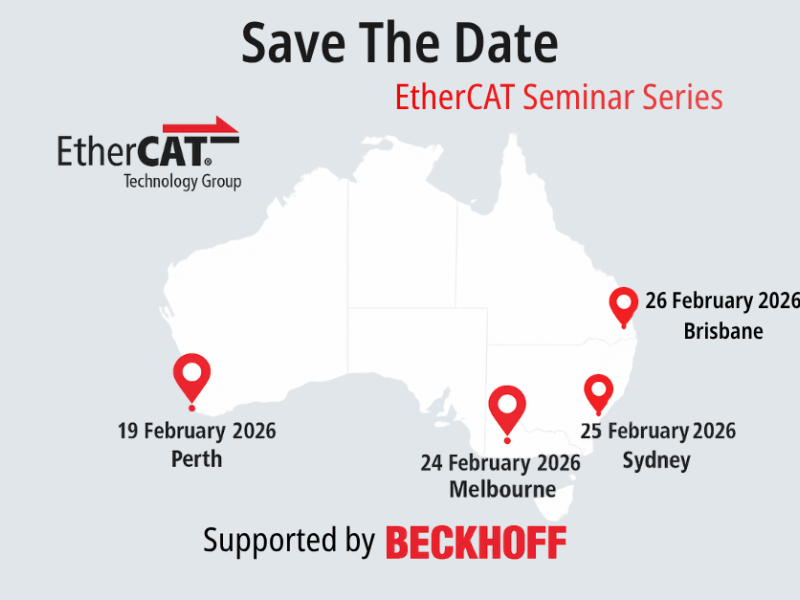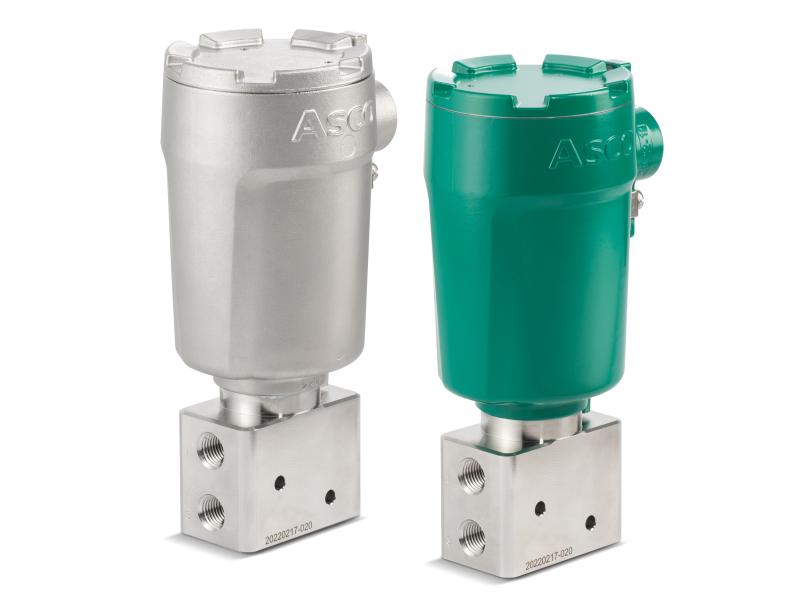Servo systems are increasingly finding their way into applications used by industry; everything from simple vertical filling machines to high-speed printing presses are making use of servos to improve their output.
Harry Mulder, Product Specialist for Motion Products at Beckhoff Automation explains that while some believe that all servos are the same, there are in fact some clear differentiators. “It’s these differences that yield big benefits.”
So what sets Beckhoff apart from the rest? According to Harry, it’s Beckhoff’s wide selection of motors and matching gearboxes.
“Each motor offers a range of feedback options - everything from resolvers for harsh environments to 24-bit multi-turn absolute encoders with SIL 2 rated safety. Beckhoff also supports EnDat, SSI, BiSS and other protocols, as well as providing input for secondary feedback systems.”
One feature that rates very highly among end users is a single connecting cable between the motor and the drive, commonly known as One Cable Technology or “OCT”.
“Using just one cable to carry power, braking and encoder signals is more cost-effective and so much more convenient than running separate cables. In addition, not having a connector at one end allows the cables to be drawn through ducts and glands.”
Beckhoff is also one of the few providers of “Compact Motion” technology where the servo drive has the same profile as an I/O terminal and can be mounted into a standard I/O rack.
“These drives provide up to 750W output power and support STO safety (up to PL d). This cost-effective solution also provides big space savings and is ideal for usage within machines,” continues Harry.
Another favourite among machine builders is the ability to connect two servo motors to the one drive.
“Apart from the obvious cost saving, this arrangement also halves the footprint required within the cabinet, which can potentially reduce the size of the required cabinet. While the two servo motors run completely independently, they still share the same DC bus, allowing a decelerating motor to supply energy to the other motor, saving on electricity costs and reducing the heat caused through regeneration,” adds Harry.
“Our drives accept a wide range of input voltages - everything from 24V DC to 480V AC,” explains Harry. “They also have EMC filtering built-in, a legal requirement for usage in Europe, Australia and New Zealand. The combination of these factors mean Beckhoff servo systems can be used anywhere in the world.”
But perhaps the biggest advantage of all is the use of EtherCAT networking throughout the entire range of Beckhoff servo systems. “EtherCAT was specifically created for industrial applications and provides the fastest update rate of any fieldbus,” he concludes.
Website: https://www.beckhoff.com/en-au/






